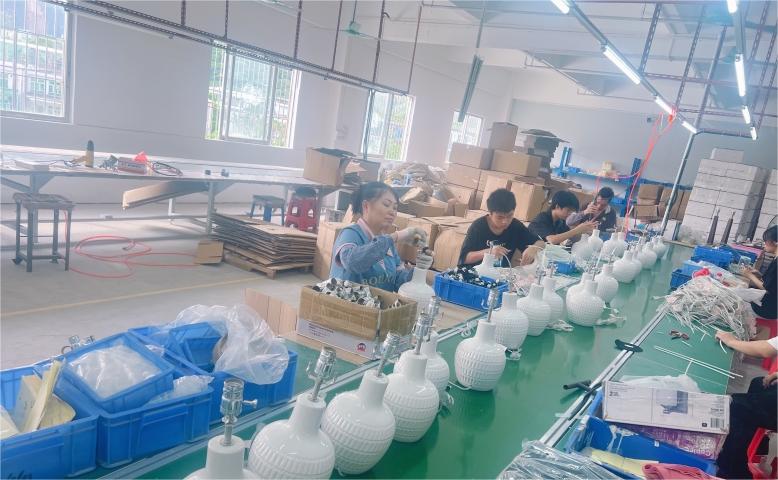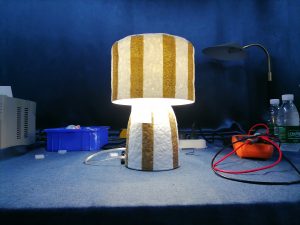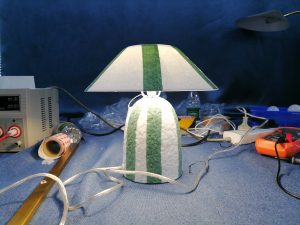
In the high-end lighting market, translucent ceramics represent both design innovation and a breakthrough in material engineering. To deliver safe and high-quality lighting products, manufacturers implement rigorous controls at every production stage.


1. Material Selection and Thin-Wall Forming
Translucent ceramics are crafted from premium clay and fired at precise temperatures to achieve a uniformly thin yet strong structure. Thickness must be carefully controlled—too thick reduces light transmission, too thin compromises strength.
2. Surface Techniques and Aesthetic Effects
Rough-Sand Texture – Adds tactile depth and a handcrafted feel.
Kiln-Change Glaze – Produces natural color gradients and flowing patterns unique to each piece.
Fine Polishing – Enhances surface smoothness and premium finish even in non-translucent areas.
3. Light Transmission Testing
Before assembly, each ceramic component undergoes optical testing with varying light temperatures and intensities to ensure uniform diffusion and avoid visible light spots.
4. Final Product Inspection
The finished lamps are tested for appearance, dimensional accuracy, structural stability, and electrical safety. This ensures not only a stunning lighting effect but also compliance with international safety standards.